Category: Ecosystems
-
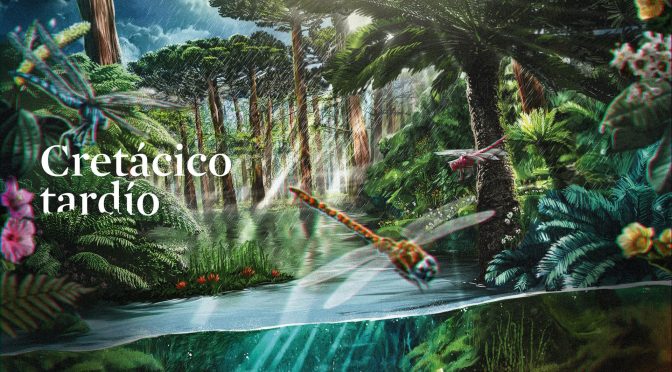
The Meteor That Doomed Dinosaurs Also Gave Rise To Modern Rain Forests
The team found no evidence of legume trees before the extinction event, but afterward there was a great diversity and abundance of legume leaves and pods. Today, legumes are a dominant family in tropical rainforests, and through associations with bacteria, take nitrogen from the air and turn it into fertilizer for the soil. The rise…
-
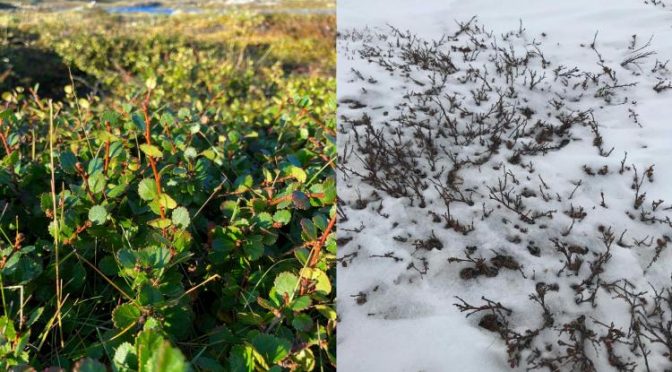
The Arctic Was Green Once And Will Be Again
“We have this really rare view into a particular warm period in the past that was arguably the most recent time that it was warmer than present in the Arctic. That makes it a really useful analogue for what we might expect in the future, (Click on title for full story)
-
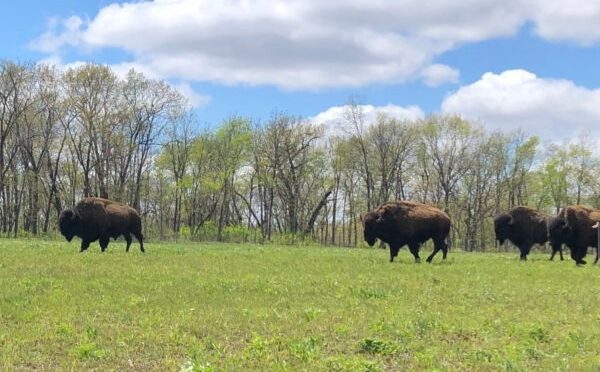
If You Build It Will They Come? Restoring Plant Biodiversity Doesn’t Guarantee Animal Biodiversity
“Perhaps more importantly, our study shows these active restoration techniques of introducing megaherbivores like bison, which were near extinction last century, and fire regimes that Indigenous people used to set to prairies, are absolutely critical components to recreating those complex webs of species and interactions. Seeding alone gets us started, but extra management super charges…
-
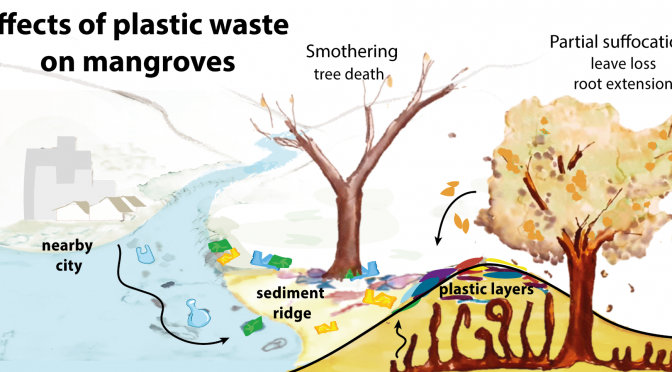
How Plastic Threatens Coastal Mangrove Defenses
We’ve seen roots stuck inside plastic bags. Trying to find a way out, they just grow in circles. Eventually trees that cannot outgrow the plastic die.’ (Click on title for full story.)
-

Tropical Forests Subjected To Redesign Due To Human Interference
Previous studies in disturbed tropical forests have often found plant communities are more likely to rely on seeds dispersed by wind and other abiotic mechanisms, rather than fruit-eating animals. In contrast, our study found that disturbance led to tree communities in which a greater proportion of species and individuals rely on animal dispersal. (Click on…
-

Tree Rings Reveal Astonishing Impact Of Industrial Pollution On Boreal Forest
What surprised us is just how widespread the effects of industrial pollution are – the scale of the damage shows just how vulnerable and sensitive the boreal forest is, Given the ecological importance of this biome, the pollution levels across the high-northern latitudes could have an enormous impact on the entire global carbon cycle. (Click…
-
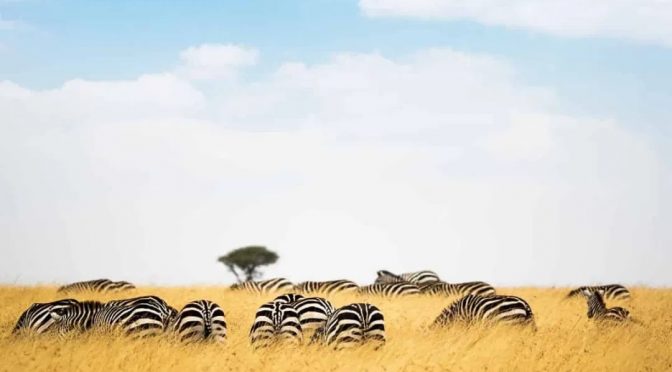
Tree Planting Schemes Must Not Sacrifice Ancient Grasslands
“We are particularly concerned that recent research and emerging land-use policies, both meant to promote tree planting for carbon sequestration, are a threat to undervalued grassland biodiversity and ecosystem services. Fundamental to these afforestation efforts has been the assumption that old-growth grasslands that occur where climate-vegetation models suggest forest as the potential vegetation must be…
-
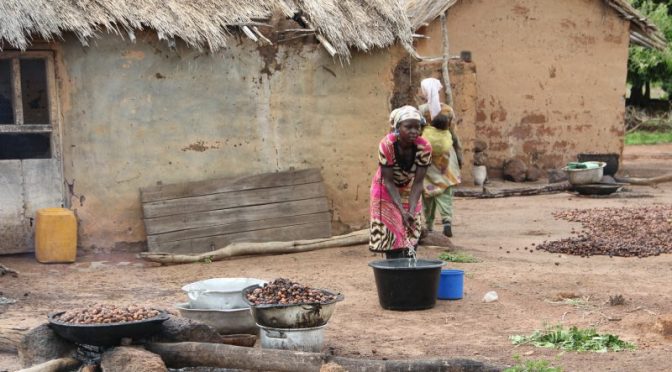
To Safeguard Your Shea Butter Supply – And Support Local Economies – Protect Habitat Diversity
Our work supports the theory that when we improve plant diversity on farms we see an increase in pollinators and shea yield. We believe a landscape approach which protects these ecosystem goods and services also reduces the vulnerability of human populations across the shea belt. This work demonstrates the potential for ecosystem restoration to deliver…
-

When A Tree Falls (In A Tropical Forest) And Researchers Are There
Treefalls happen all the time, but this one just happened to occur in the exact spot where a decades-long ecological study was in progress, (Click on title for full story.)
-

Ancient Lava Flows Reveal Future Of Forests Without Large Fruit-Eating Animals
The researchers found that before permanent human settlements, forests were dominated by large fleshy-fruited plant species, usually big trees. During and after human settlement in the 17th Century, when fruit eating animals (frugivores) like giant tortoises and flying foxes went extinct on the island, these plants were found to be far less present and by…
